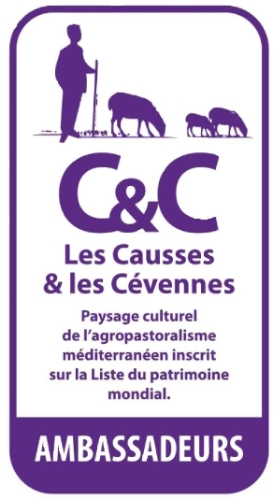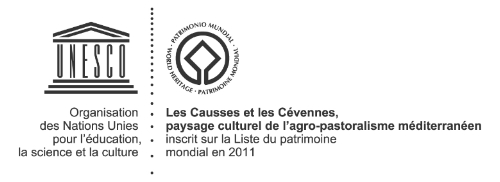|
Cycling Tour of 5 Gateway Towns to Causses and
Cévennes
|
|
|
The committee of World Heritage approved the
registration of the Causses and Cévennes territory to their world heritage
list on 28th June 2011 because it is a living, progressive cultural
landscape of Mediterranean agropastoralism. This area of 3023 km² is
located in the French departments of Aveyron, Gard, Hérault and Lozère.
This exceptional universal value is based on interactions for millinary of
combined forces of nature and
agropastoralism*. *Agropastoralism
|
|
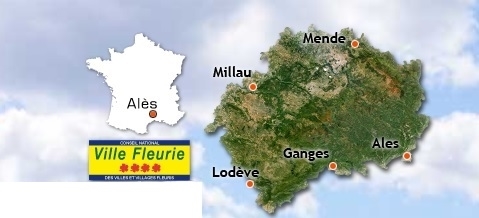

|
Landscapes of the Causses highlands have been shaped
by agropastoralism for three thousand years. In the middle ages, the development of towns around the Mediterranean prairies and particularly the growth of
religious institutions have generated the evolution of an agricultural structure
based on agropastoralism whose founding principles are still in place today. Too
poor to welcome towns, too rich to be deserted, the landscape of Causses and Cévennes is the resultat of the modification of natural environment by the agropastoral system used for one millennium. Causses and Cévennes both represent the different types of pastoral organisation found around the Mediterranean Sea.
|
& | 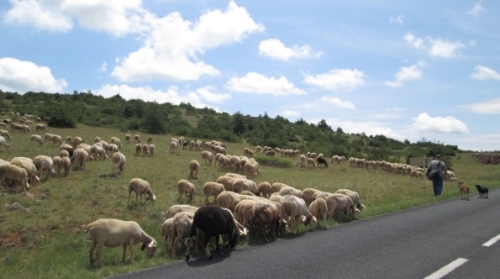 |
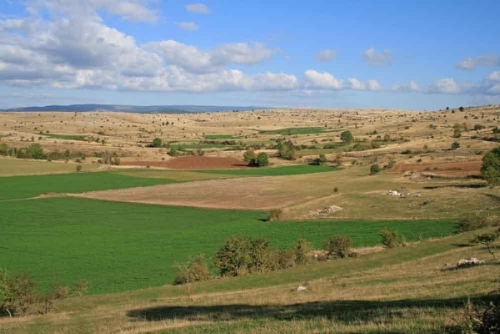 |
Causses and Cévennes, in their wonderful natural surroundings, show a variety of landscapes, shaped by Man. The limestone plateau of Causses cut out by gorges and valleys, sharp ridges and deep valleys of schist in Cévennes up to the granite summit of Mount Lozère and Aigoual, are all varieties of landscapes which belong to a same package??? area ???. They owe their unity to a type of farming which has slowly developed over several milleniums of history : The Mediteranean Agropastoral Farming. This farming, which is a testimony of unseen unknown agricultural history, has been personified today in this landscape, on the one hand through a material and spiritual patrimony which keeps the memory of creation’s big steps, and on the other hand the model of development acquired to assure the modernization and durable development with the Cévennes National Park and the Grands Causses Regional Natural Park.
| |
|
The perimeter zone retained for this registration of world heritage does not cover all the Causses and Cévennes territory but spreads over 3,000 km² inland from the Mediterranean including two regions, Languedoc-Roussillon and Midi-Pyrénées, four departments Aveyron, Gard, Hérault and Lozère, 134 federations of municipalites in « the heart » zone ( perimeter of proposed property for the classification) and 97 federations of municipalites in « the buffer » zone ( perimeter of protection around the proposed property). This landscape which was built over several milleniums has made Causses and Cévennes a living protected example of European agropastoral patrimony which was indicated by their application on the official website of UNESCO’S World Heritage. |
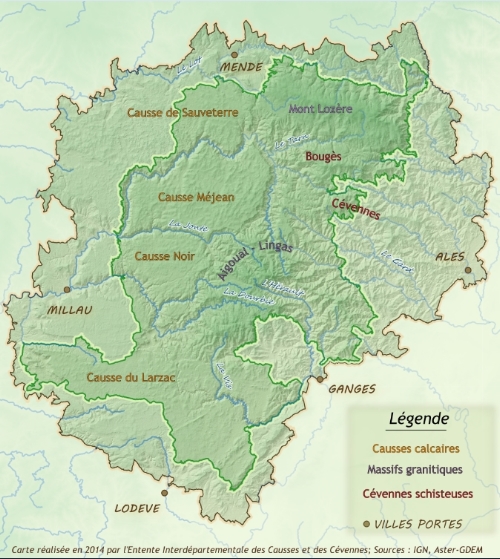 | |
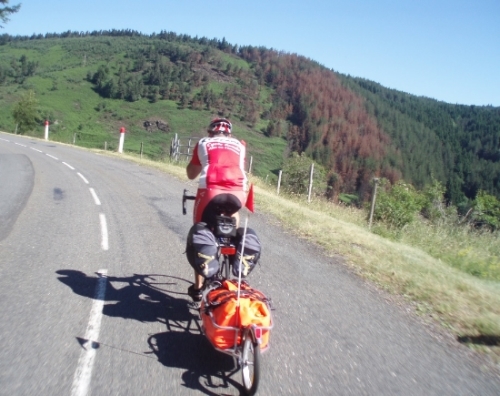 |
In the periphery of the registered property, many towns had, or still have cultural, economic or social relations with the cultural landscape of agropastoralism. It was suggested that 5 towns be considered as « Gateway Towns » of the Causses and Cévennes area. A route linking the five towns, Alès, Mende, Millau, Lodève and Ganges, will allow you to discover a part of this classified territory |

 |
|
